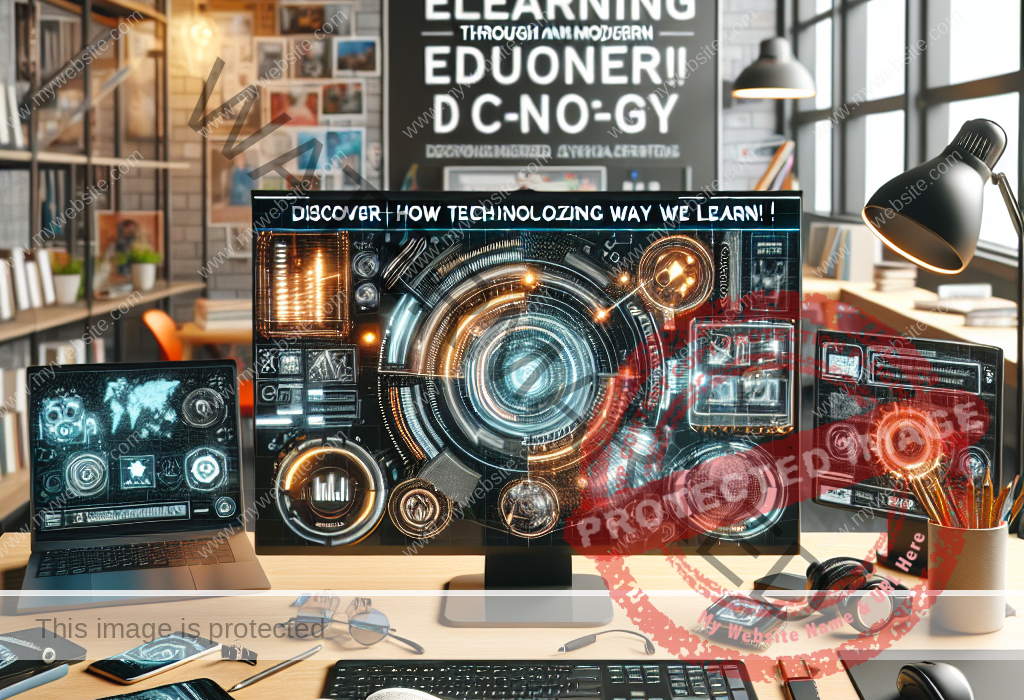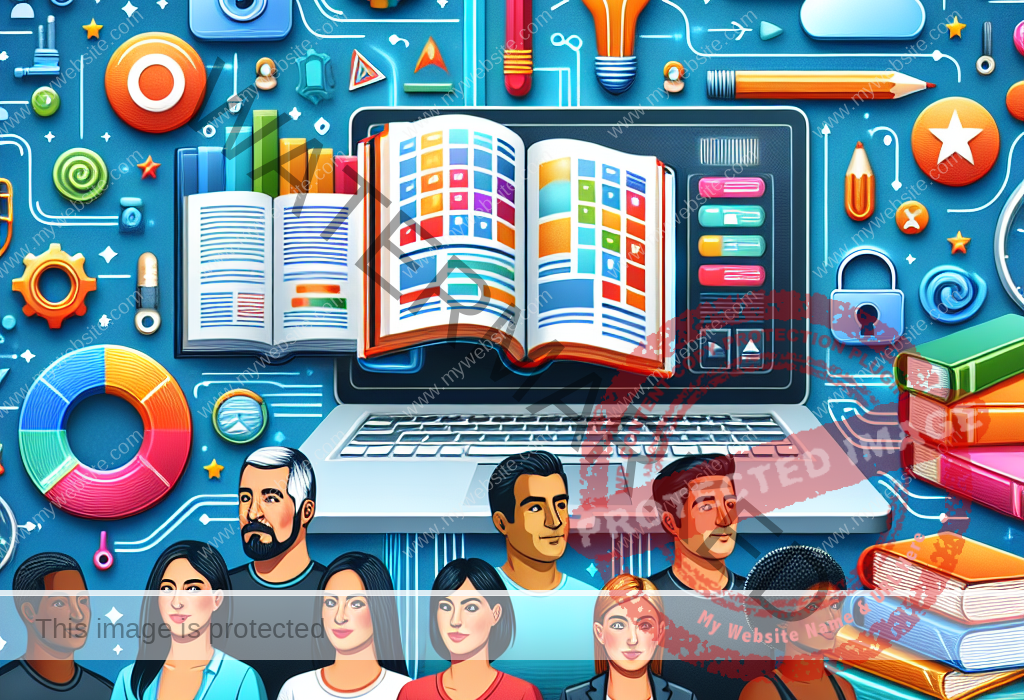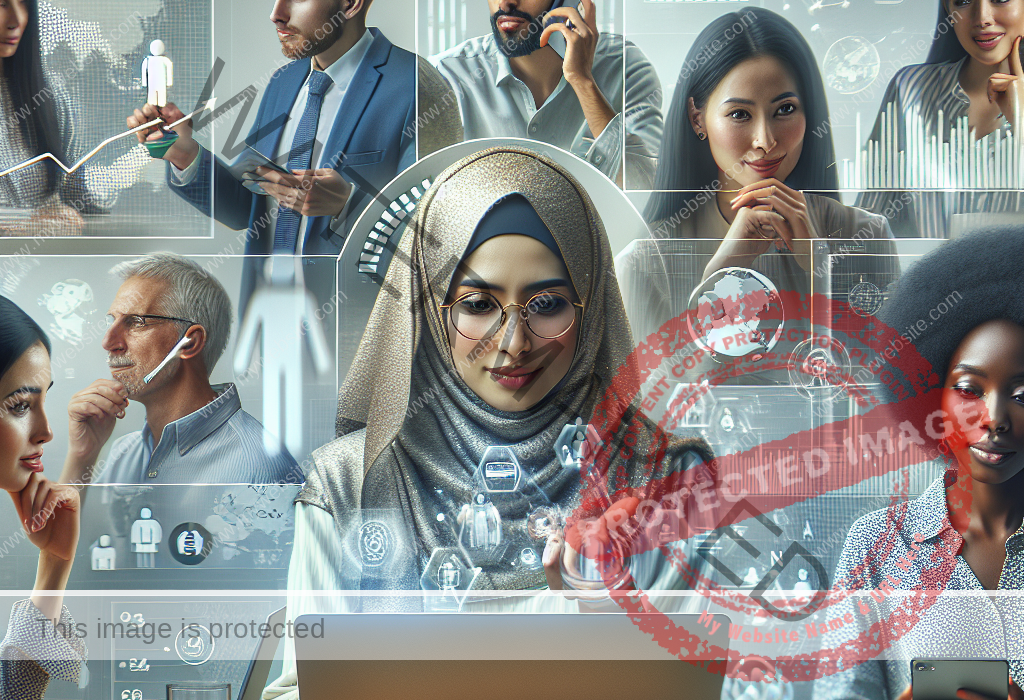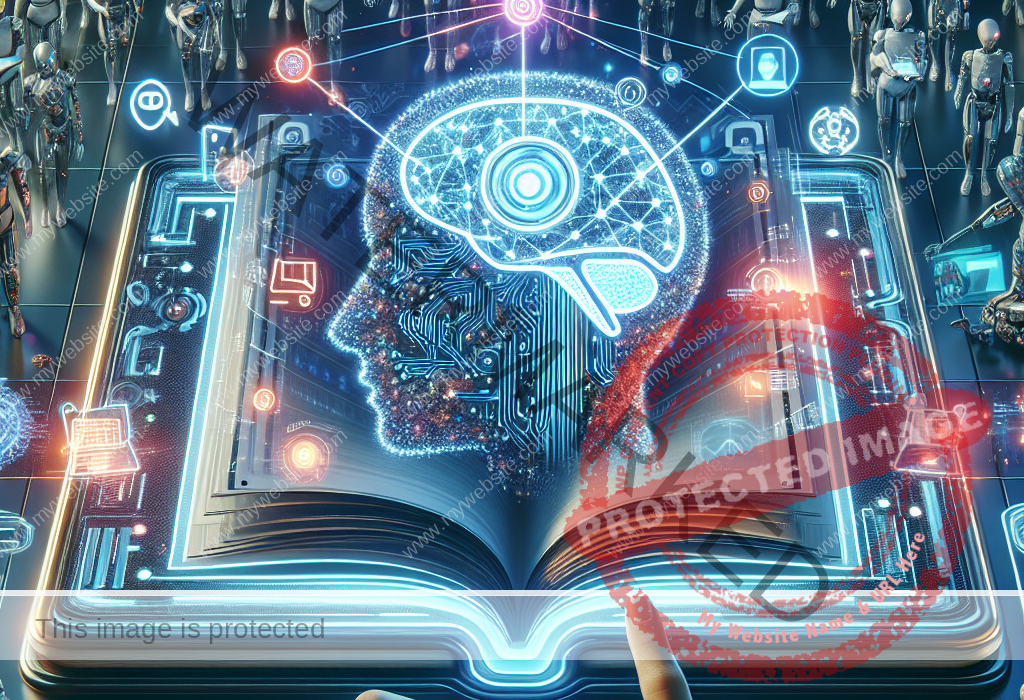Discover these important podcasts for eLearning professionals in Learning and Development.
Reading Time: 3 minutesExploring eLearning Podcasts: An Informative Guide for L&D Professionals Being an eLearning developer, I am always searching for valuable resources to improve my skills and keep up with industry trends. Recently, I found an interesting blog post that showcases some must-listen eLearning podcasts for L&D professionals, and I’m excited to share my











